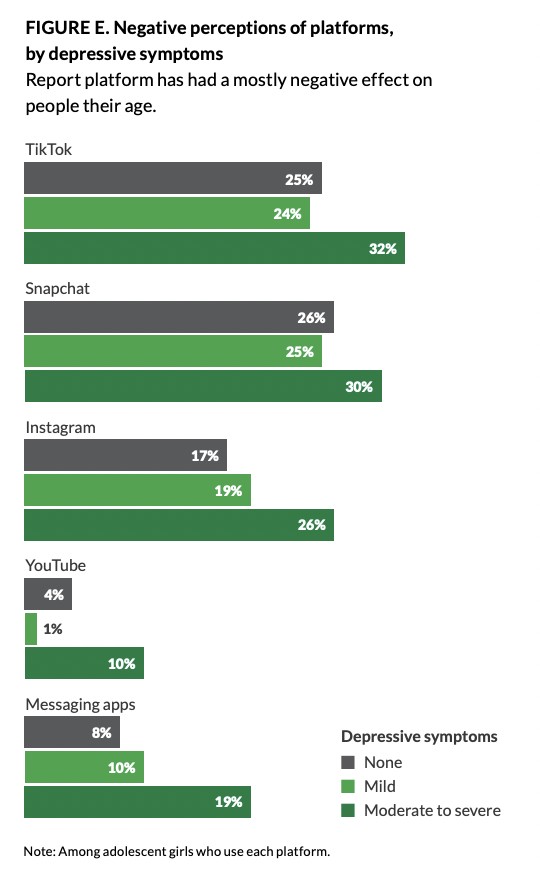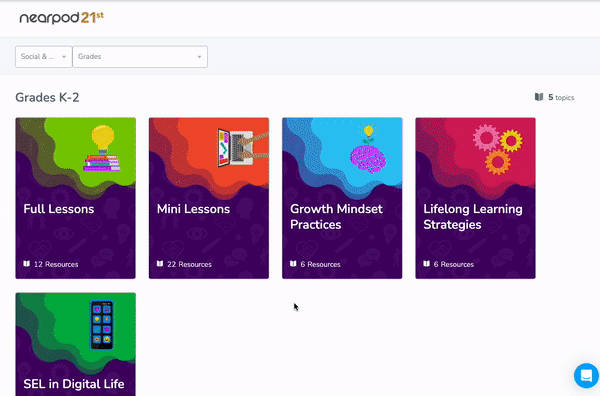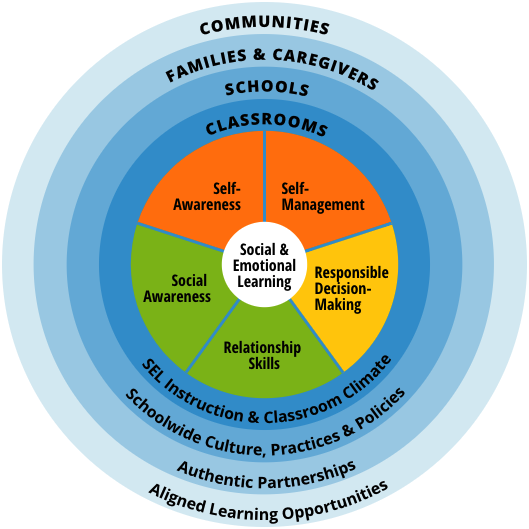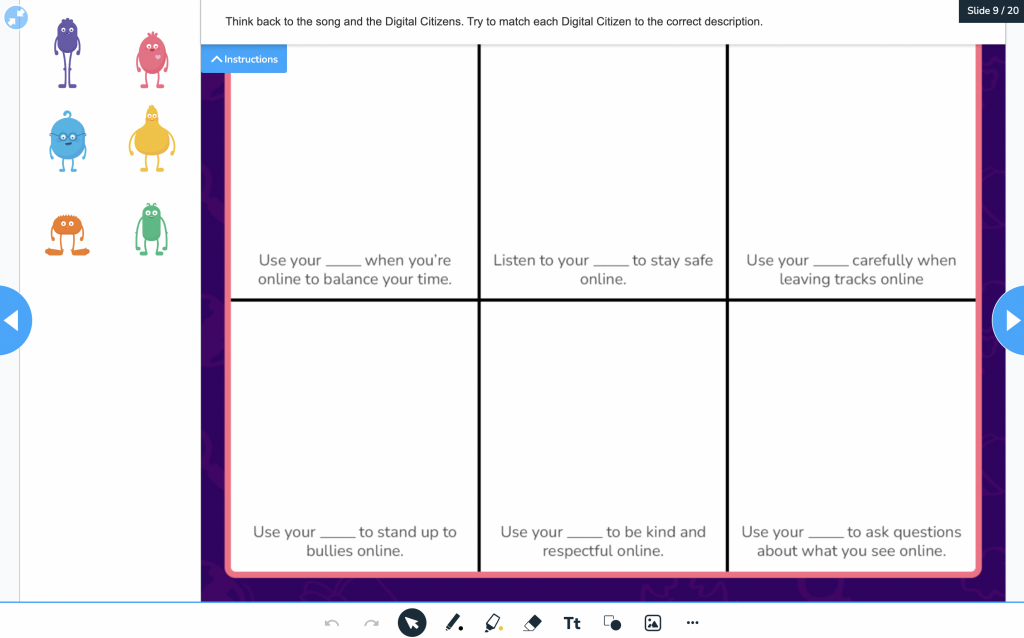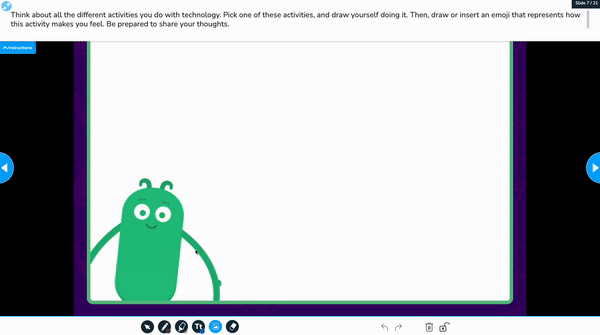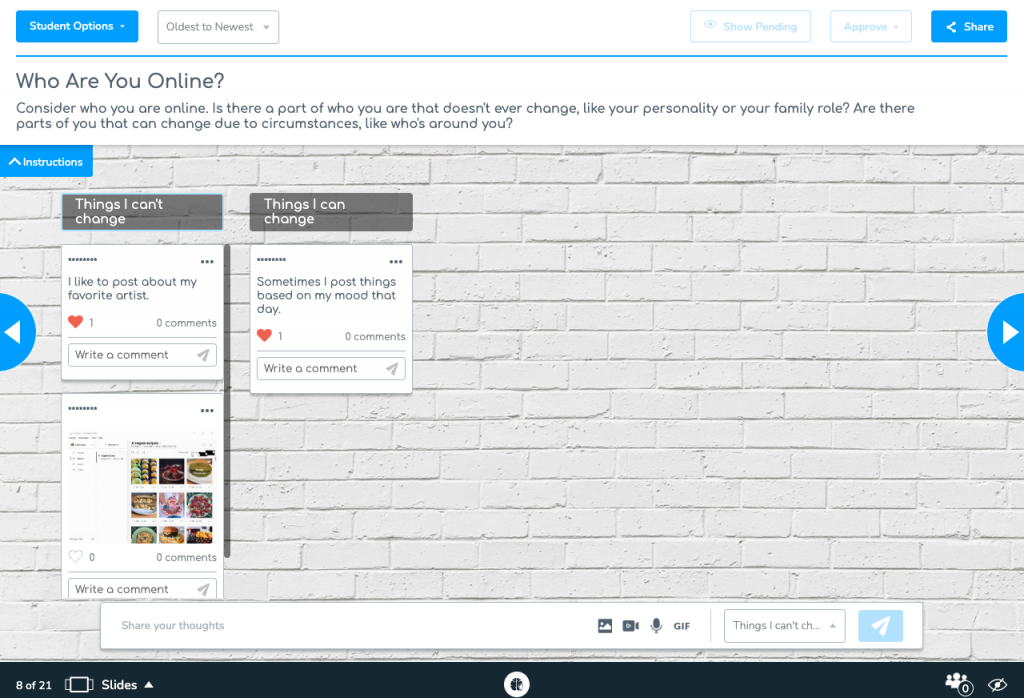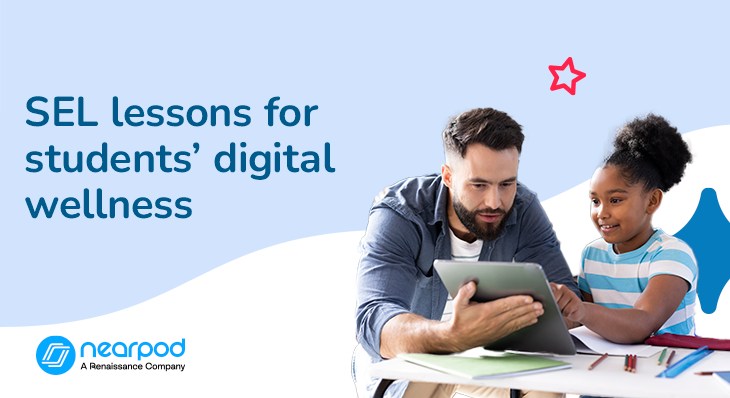
- Digital citizenship
- Instructional resources
- Leadership
- Social & emotional learning
- Teachers
- Thought leadership
- Trends in education
Social emotional learning lessons for students’ digital wellness
What is digital wellness for students?
Digital wellness for students refers to how media and technology affect their mental, physical, social, and emotional health. Multimedia is an ever-present part of students’ and our own daily lives, whether we are consuming or creating it. In today’s digital landscape, there’s a firehose of information presented via audio, text, images, and videos from different channels, platforms, and technologies. Still, we can be creators and sharers of such sticky content day in and day out. Such engagement can have a toll on our well-being, physically (e.g., eye strain and impacts on sleep) or socially and emotionally (e.g., social comparison).
The many nuances of our always-on world require us to be vigilant about understanding the opportunities as well as the pitfalls of such technology use and digital interactions. This past winter, the CDC released a report that shared startling statistics for teen girls, stating that nearly 3 in 5 teen girls (57%) said they felt “persistently sad or hopeless”‚—double that of boys. For years, many studies have looked at how social media, in particular, has affected the confidence and overall health of our youth.
On March 30, 2023, Common Sense released their research on Teens and Mental Health: How Girls Really Feel About Social Media, which included the following key finding:
“Among all girls surveyed, nearly four in 10 (38%) report symptoms of depression, and among these girls, social media has an outsize impact—for better and for worse.”
Digital wellness refers to both adults and kids considering how to use technology to support their overall health. Developmentally, many kids are not ready to handle the barrage of information and interactions, so schools and homes need to work together to teach kids digital citizenship and media literacy skills so that they develop healthy habits of mind they can lean on. Woven throughout all disciplines is the need for social and emotional skills in order to succeed not only in school but in life. Digital health and wellness and SEL go hand in hand, so kids learn to use critical thinking skills when interacting online.
New to Nearpod? Sign up for free to access these digital citizenship lessons!
Teachers can sign up for free below to access and create interactive lessons. Administrators can schedule a call with an expert to explore Nearpod’s 21st Century Readiness Program and unlock the full power of Nearpod for schools and districts.
Why should we infuse SEL skills with the use of technology?
It might be common for teachers and schools to teach either SEL or digital citizenship. Yet the two complement each other in addressing digital health and wellness. While digital citizenship and SEL aren’t interchangeable, infusing digital citizenship into social emotional learning instruction can help you be more responsive to the demands and opportunities that technology brings into your students’ lives on a daily basis.
Nearpod and Common Sense Education’s SEL in Digital Life collection brings both of these content areas together to highlight the specific SEL skills that students will need to navigate the challenges of digital life while building skills in SEL competencies such as self-awareness, self-management, responsible decision making, relationship skills, and social awareness. By combining SEL and digital citizenship, young people will have concrete ways to apply the skills to scenarios in their everyday lives.
Nearpod and Common Sense’s SEL in Digital Life lesson collection
SEL in Digital Life is a collection of educational resources developed by Common Sense Education and included in Nearpod’s 21st Century Readiness Program. The lesson collection is designed to address the unique ways in which technology impacts the social and emotional well-being of students. Common Sense Education is the leading nonprofit that helps kids, families, and educators thrive in a digital age. Their trusted name in education speaks to the quality of materials designed for teachers, students, and their families. Common Sense Education is a long-time partner of Nearpod and offers a Digital Citizenship and SEL program in Nearpod’s 21st Century Readiness Program for elementary school, middle school, and high school.
This collaborative collection of 20 lessons in social emotional learning and digital literacy curriculum highlights how to build essential digital and tech habits and skills in a developmentally-appropriate manner to nurture lifelong learning. Such conversations must happen early and often, even before kids are on personal devices participating in our connected world. And then, the examples should reflect real-world, authentic dilemmas. These are quick and short activities and can be embedded into your existing lesson plans or used during homeroom, advisory, etc. The activities are rooted in digital life dilemmas to encourage discussion about and reflection on character strength, including communication, compassion, courage, empathy, gratitude, humility, perseverance, self-control, and teamwork.
Nearpod’s 21st Century Readiness Program focuses on non-core academic subjects critical for student success in and beyond the classroom. Get these interactive resources to embed digital citizenship, social-emotional learning, financial literacy, and college and career readiness into any classroom.
Why should a teacher use these lessons?
Regardless of how much or how little media and tech might play a role in your classroom, they do play a prominent role in our children’s lives. From television to streaming to texting to the internet to apps, kids are consuming and creating. And their tech habits outside of the classroom can affect what happens (or doesn’t happen) in your classroom.
We understand teachers are strapped for time and are constantly tasked with “one more thing” to do in the classroom. These lessons are quick and easy to implement and will help build student engagement and create a stronger classroom culture. The SEL in Digital Life activities will help establish a positive learning environment that supports students academically, socially, and emotionally.
We know technology enhances student learning. Still, if students are not prepared to use it safely and responsibly through digital citizenship behaviors, it could negatively impact their learning environment. Our lessons help you proactively address some of the factors that contribute negatively to your classroom, which include digital distractions, responsible use, and digital drama.
View all of Common Sense Education’s SEL in Digital Life materials below!
What is covered in these lessons?
CASEL framework
The SEL in Digital Life collection follows the CASEL framework for social-emotional learning. Each SEL in Digital Life lesson was designed to focus on one of the five competencies outlined in this framework:
- Self-Awareness: Focus on helping students reflect on their relationship with media and technology
- Self-Management: Focus on developing students’ executive functioning skills to manage their use of technology
- Responsible Decision-Making: Focus on how students should evaluate the opportunities and potential risks of using technology
- Relationship Skills: Focus on helping students develop prosocial behaviors that are conducive to positive online experiences
- Social Awareness: Focus on helping students identify varying degrees of online meanness and strategies to de-escalate online conflicts
Lessons organized by grade levels
The collection is organized by grade bands, so each lesson addresses an SEL competency at a developmentally appropriate level. The activities range from whole group, small group, and individual, all through a real-world lens.
Here are some examples of lessons we recommend exploring:
- Use Your Heart When You’re Online for grades K-2 focuses on relationship skills. Students relate to one of the animated characters in the song Pause & Think Online to explore further the ways in which they can be kind and respectful when communicating online.
- My Feeling When Using Technology for grades K-2 ties to self-awareness and digital well-being. Students learn to define their feelings and emotions as a way to illustrate the many ups and downs of technology use.
- How Can You Be an Online Superhero for grades 3-5 ties to responsible decision-making. Students evaluate a series of scenarios to determine which are ways to be a super digital citizen. Such concrete examples support students when they face their own quandaries.
- My Media Balance for grades 3-5 has students practice self-management when it comes to the many choices they make daily around the media they watch and use.
- Dealing with Digital Drama for grades 6-8 is timely and highlights social awareness. Students react to digital drama scenarios by trying to empathize with the various players and their perspectives.
- Who Are You on Social Media? for grades 9-12 also ties self-awareness. This lesson explores how we present different sides of ourselves online through our curated posts. Students reflect on the benefits and drawbacks of such curation and how they can share the most positive online presence.
Start using the SEL in Digital Life lesson collection
Incorporating social-emotional learning lessons can significantly enhance students’ digital wellness and safety. For instance, teaching strategies like deep breathing can be effective for reducing stress when students are feeling overwhelmed by their digital interactions. Like salt and pepper, SEL and digital citizenship — affectionately known as #digcit — work together to make sure that kids are prepared to handle the challenges they will face in the digital world. These healthy habits of mind will serve students well in school, in future jobs, and in life. Such digital well-being is a cornerstone to successfully navigating our digital world in a proactive and positive manner. We all want our kids to be balanced, happy, and confident, so do dive into Nearpod’s SEL in Digital Life collection to find high quality and engaging resources for your classroom.
Teachers can sign up for free below to access and create interactive lessons. Administrators can schedule a call with an expert to explore Nearpod’s 21st Century Readiness Program and unlock the full power of Nearpod for schools and districts.
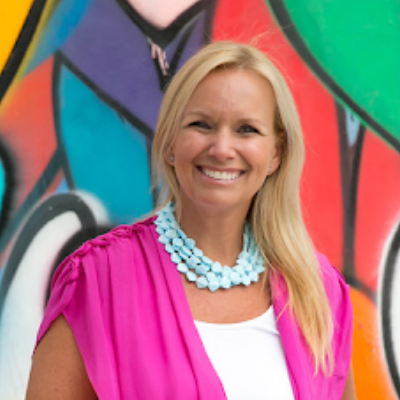
Darri Stephens is a dedicated LX (learning experience) designer, passionate about creating quality content and programs for kids, families, and educators. With MAs in Education from both Harvard and Stanford, and work experience at best-in-class ed tech organizations including Wonder Workshop, Nickelodeon, and Common Sense Education, she is steeped in the design thinking process and committed to agile and iterative project management, which has resulted in multi-award-winning programs and products.
